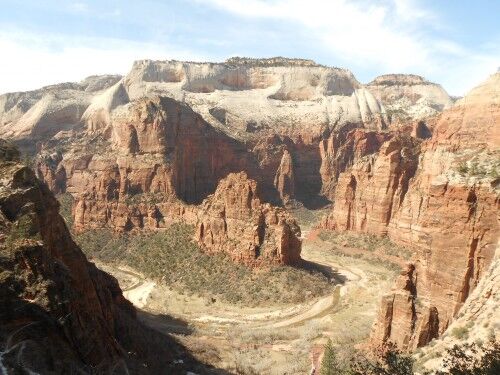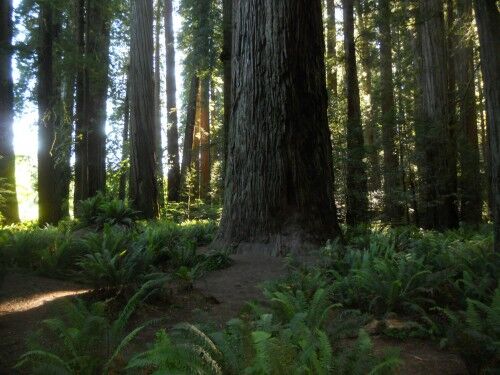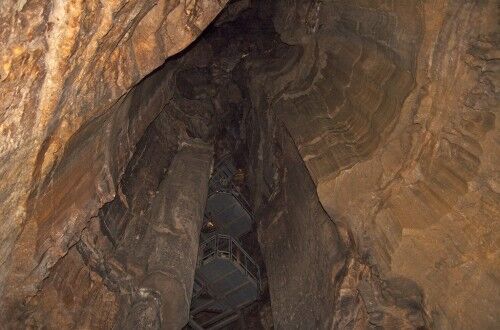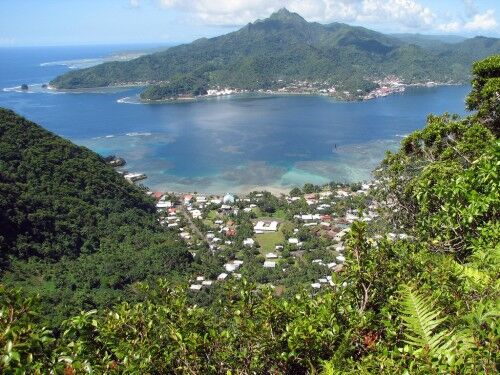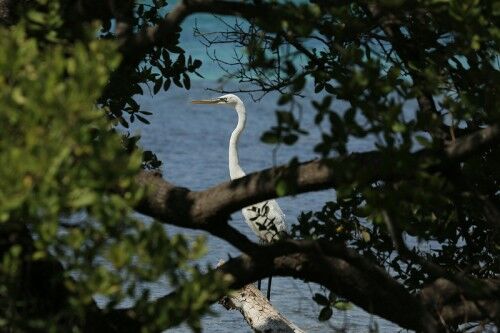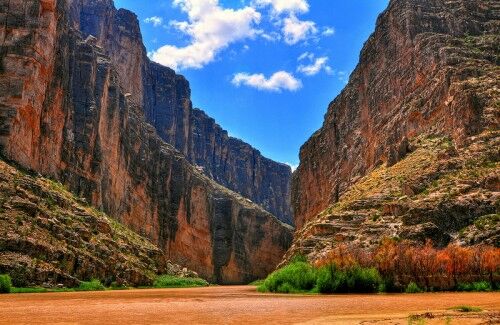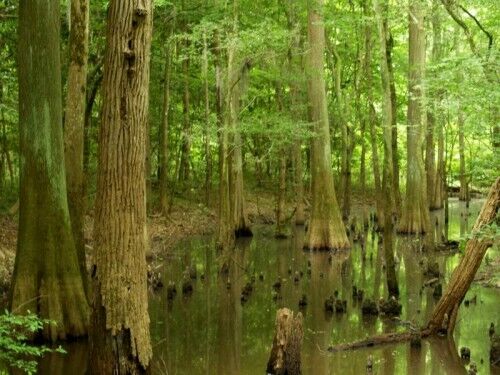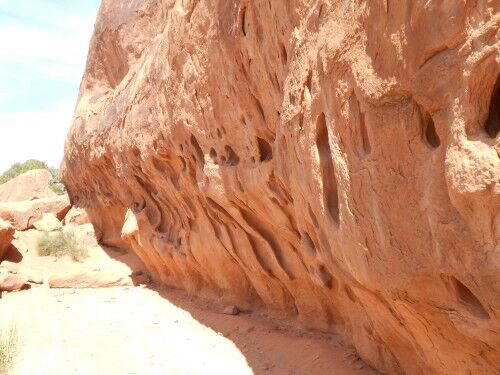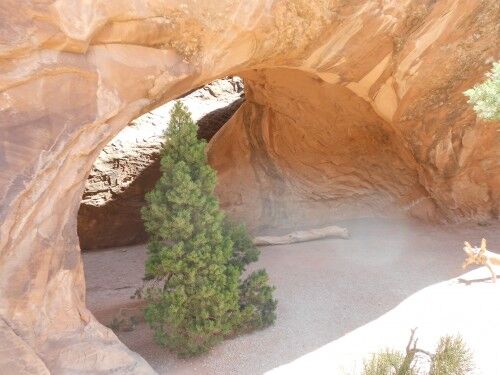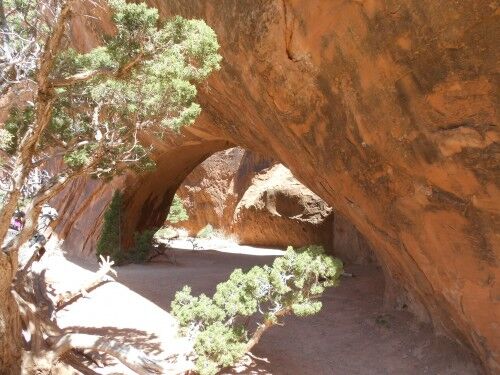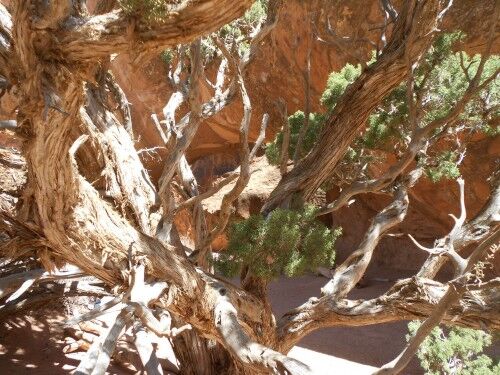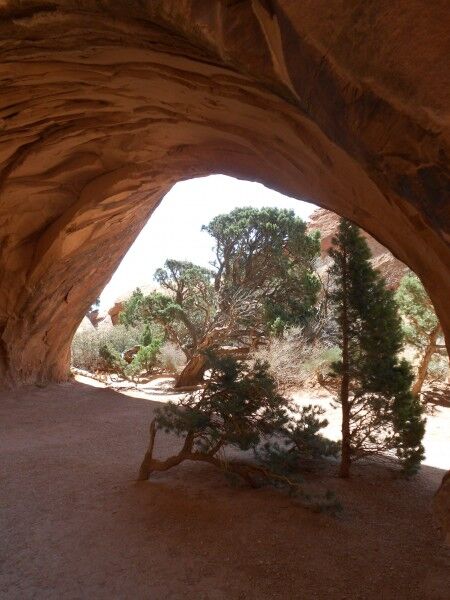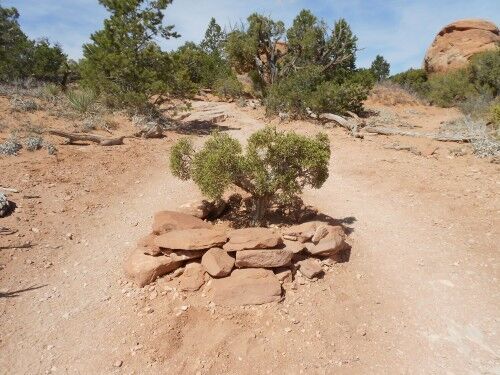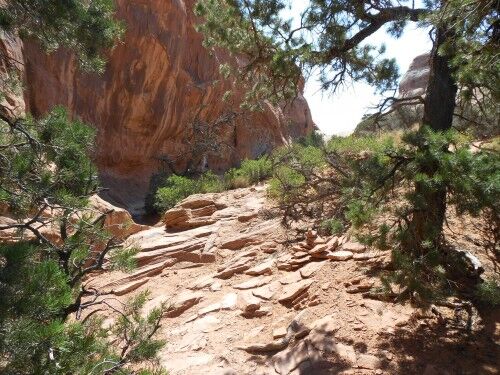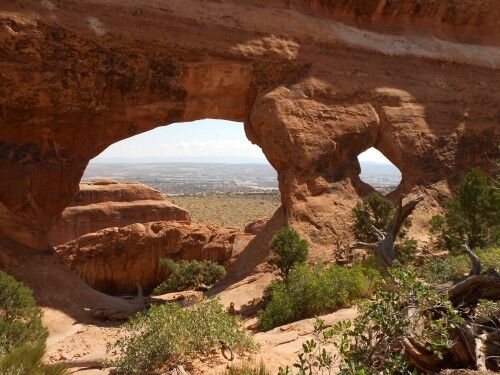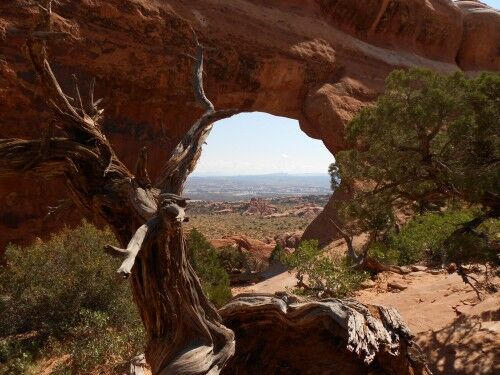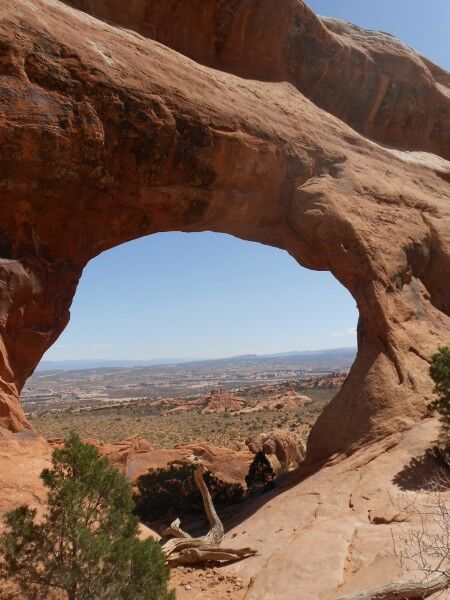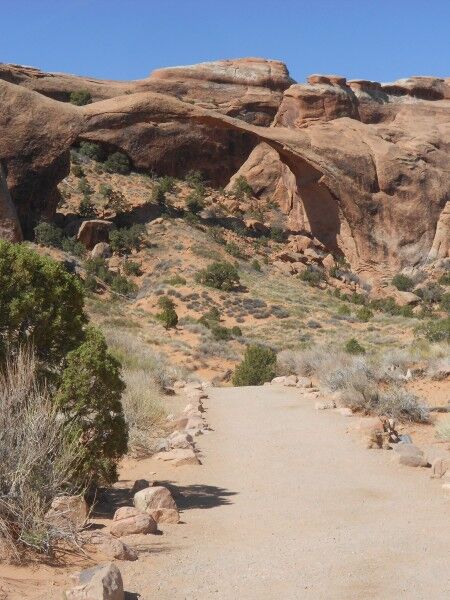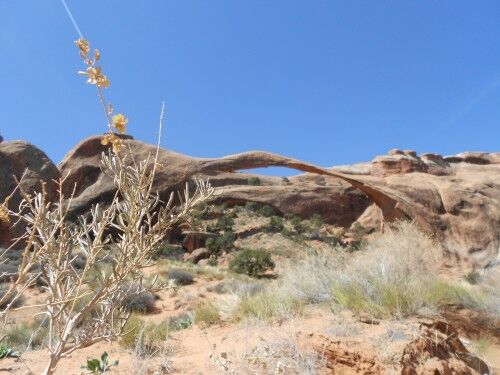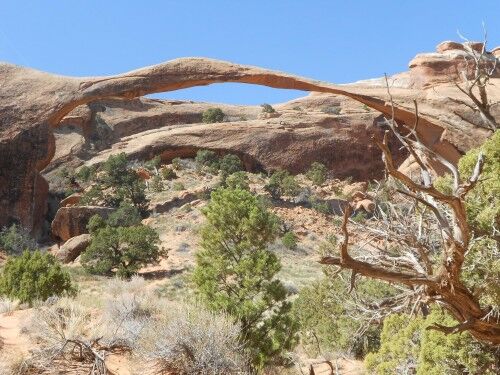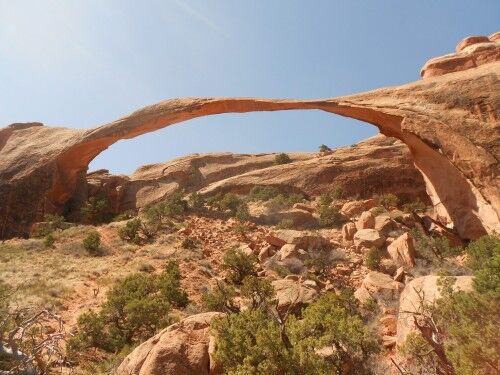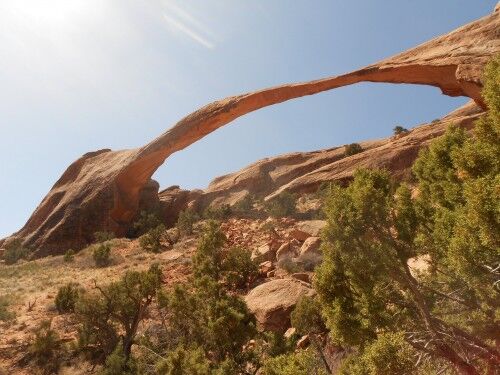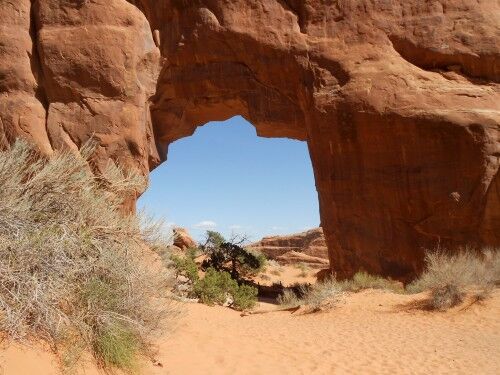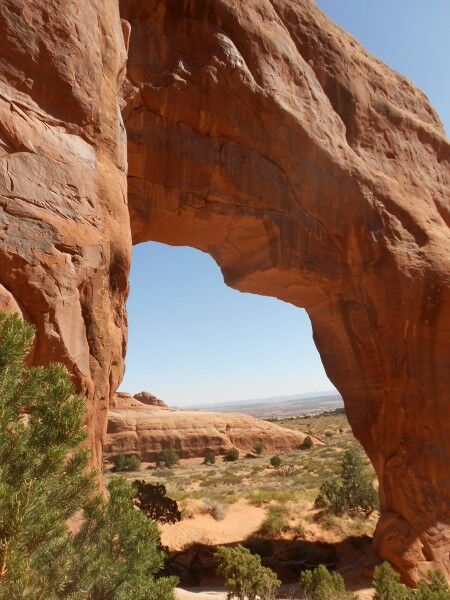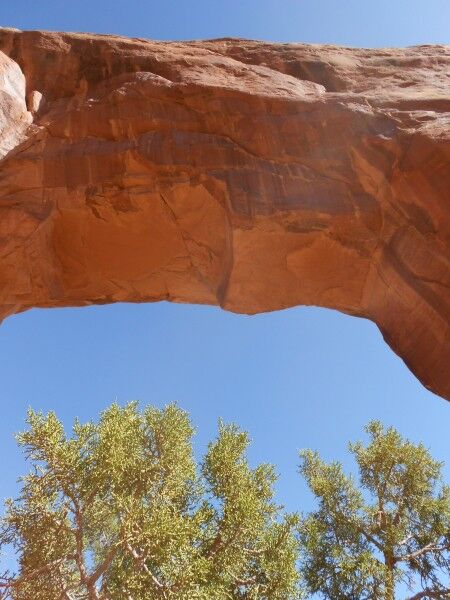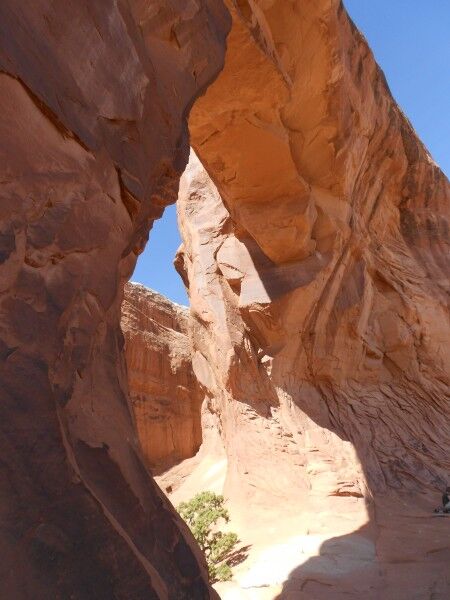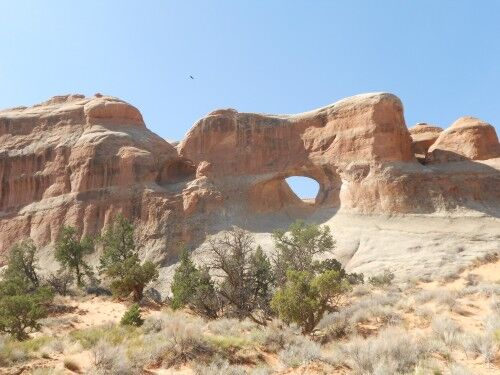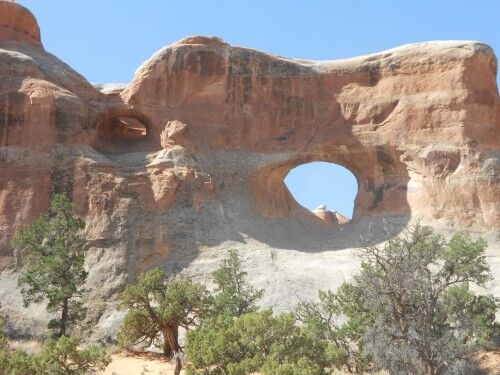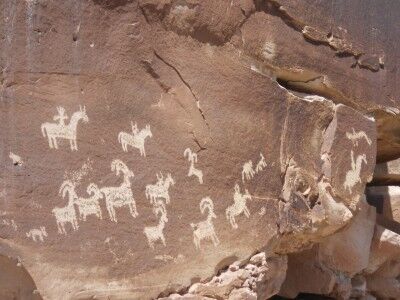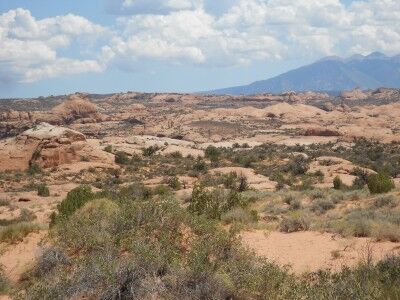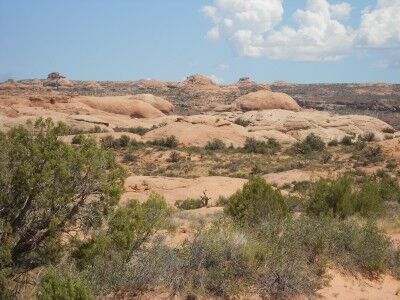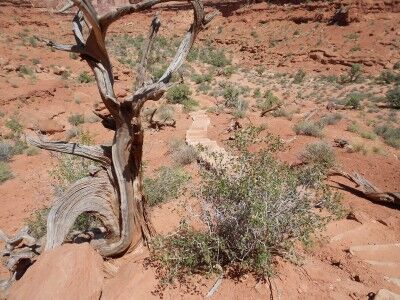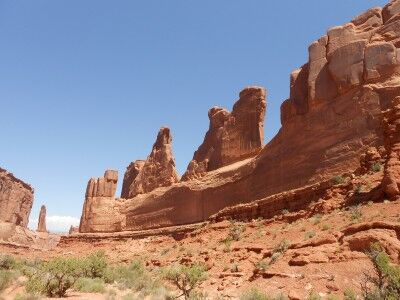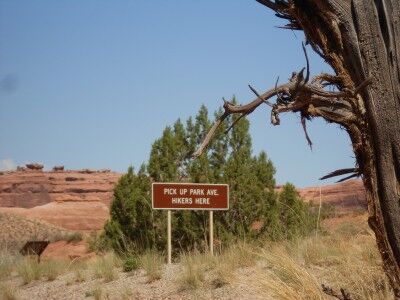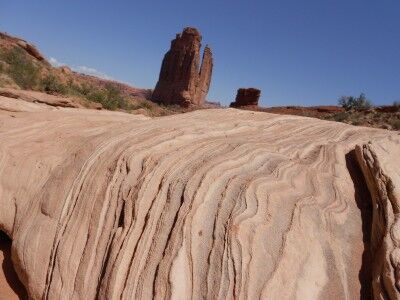As most people are well aware at this point, the vast majority of the parks within the national park system are closed due to the government shutdown. A few states have worked with the government and they have decided to reopened a few parks with state funds. It’s important to note that just because a state has decided to reopen some parks within their state, that doesn’t mean that all of the national parks sites within their state are open. The number of sites open is still only a small percentage of the 401 sites that make up the national park system. Below is the current list of sites that are currently open, along with the dates that they are scheduled to remain open:
Arizona
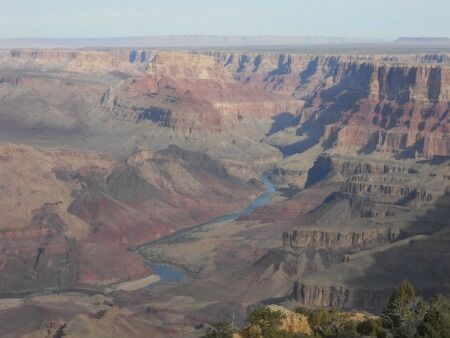
Grand Canyon National Park (currently scheduled to be open from October 12 to 18)
Colorado
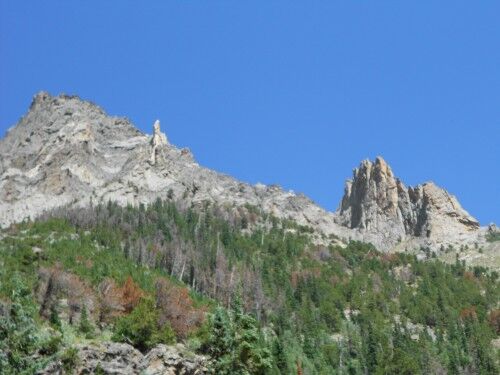
Rocky Mountain National Park (currently scheduled to be open from October 11 to 20)
New York

Statue of Liberty National Monument (currently scheduled to be open from October 12 to 18)
North Carolina / Tennessee
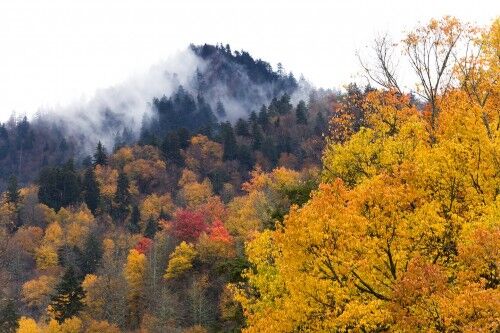
Great Smoky Mountains National Park (currently scheduled to be open from October 16 to 20)
South Dakota

Mount Rushmore National Memorial (currently scheduled to be open from October 14 to 23)
Utah

All Utah parks are currently scheduled to be open from October 11 – 20
Arches National Park
Bryce Canyon National Park
Canyonlands National Park
Capitol Reef National Park
Cedar Breaks National Monument
Glen Canyon National Recreation Area
Natural Bridges National Monument
Zion National Park

